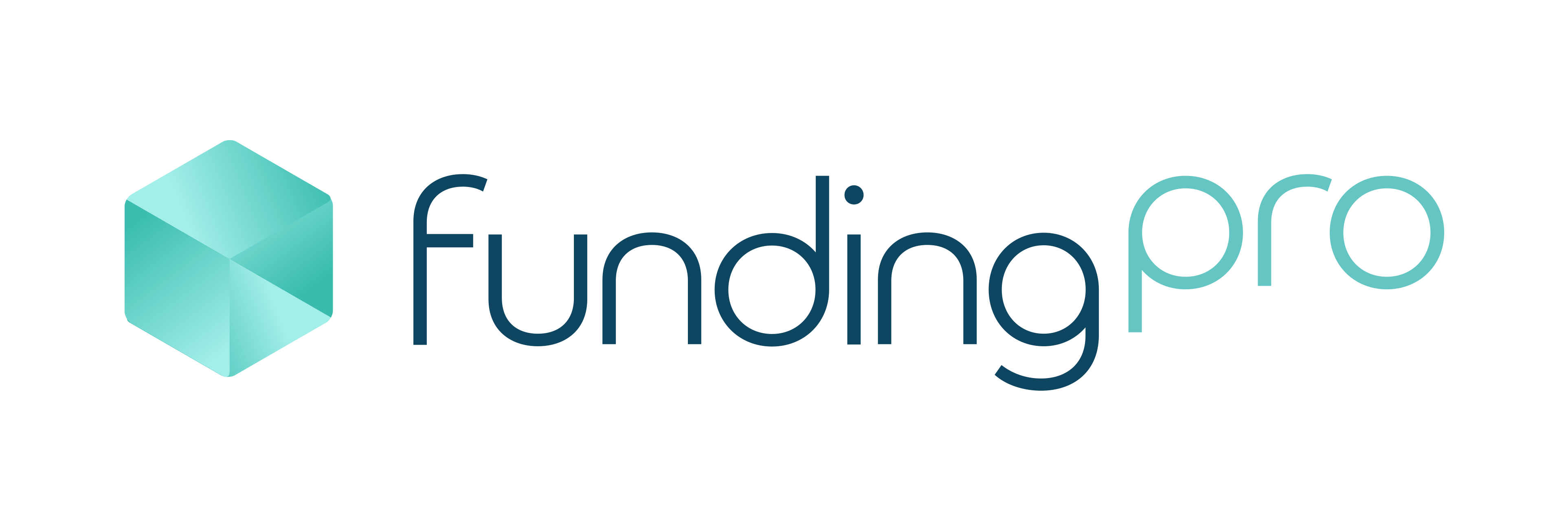It is estimated by the Australian Financial Review that more than 1 million borrowers had never experienced an increase in interest rates before their increase in 2022. In fact, older borrowers have to go back more than 11 years to the last time the RBA increased rates.
When assessing a new loan application, all lenders must assess borrowers ability to make repayments with at least a 3% buffer above the current rates. However, this is based on a snapshot in time at the point of your loan application and the reality is that both income and expenses will likely change (for both better and worse) after your loan is approved. Perhaps you moved from full time to part time work, or you had another child and increased your expenses.
While on paper you may still be able to afford your mortgage repayments with an interest rate rise or two, it may not be something you personally budgeted for. So what happens if mortgage rates were to double – even triple? Here’s a scenario to consider:

Abigail and Adam have a $1,000,000 mortgage on their property at a variable rate of 2.09%, it was originally a 30 year loan term and the have a remaining loan term of 27 years. Abigail was working full-time at the time of assessment, however she now works part-time after returning from maternity leave. Their repayments are currently $3741/month. If rates were to double to 4.18%, their repayments would be $4879/month – noting that these increases would likely occur over an extended period of time. By making these calculations in advance, Abigail and Adam can plan their living situation and finance accordingly to accommodate their income.
Whilst variable interest rates are highly correlated with the RBA cash rate, fixed rates are a factor of global funding markets and future expectations of RBA moves. This means while variable rates may remain steady, fixed rates may diverge and trend upwards. For example, CBA was offering Owner Occupiers a 4 year fixed rate at 2.14% up until March 2021, but in the 12 months since made 8 separate increases to offer the same 4 year fixed rate product at 3.69% a year later. For mortgage-holders, this could play out like so:
Richard has a $2,000,000 mortgage on a 30 year loan term. He currently has a fixed rate of 2.14% for four years with repayments of $7,533/month and 2.5 years remaining until his fixed rate expires. When his fixed rate expires, his loan will revert to the standard variable rate, or he may choose to fix again with the same lender or refinance to a new lender (at either variable or fixed rate) if there is a better offer available. Assuming he chooses to fix for a further 4 years at the expiry of his fixed rate, and rates have doubled to 4.28%, his monthly repayment would be $9,579. Knowing how his financial situation may be affected in the future gives Richard the ability to be proactive in his financial planning.

Being proactive in your planning can make a significant difference to your future financial security, particularly as rates continue to rise after an over-a-decade-long reprieve. The best place to start is with a mortgage review from your credit advisor.
